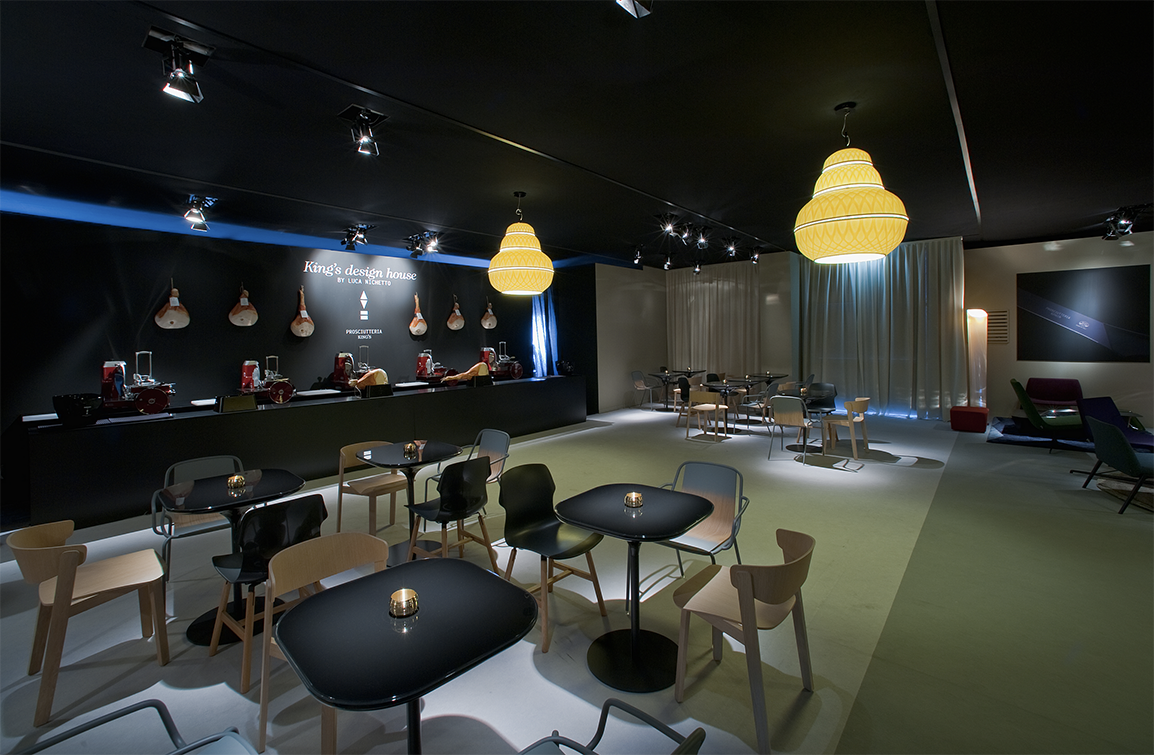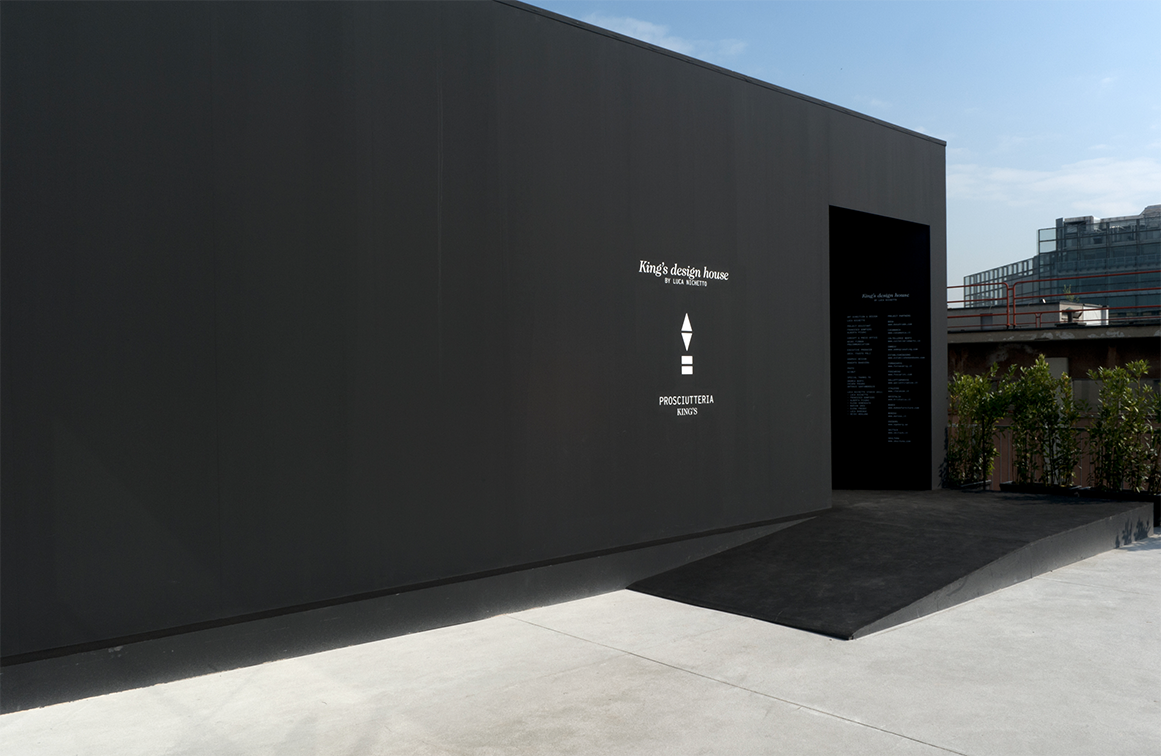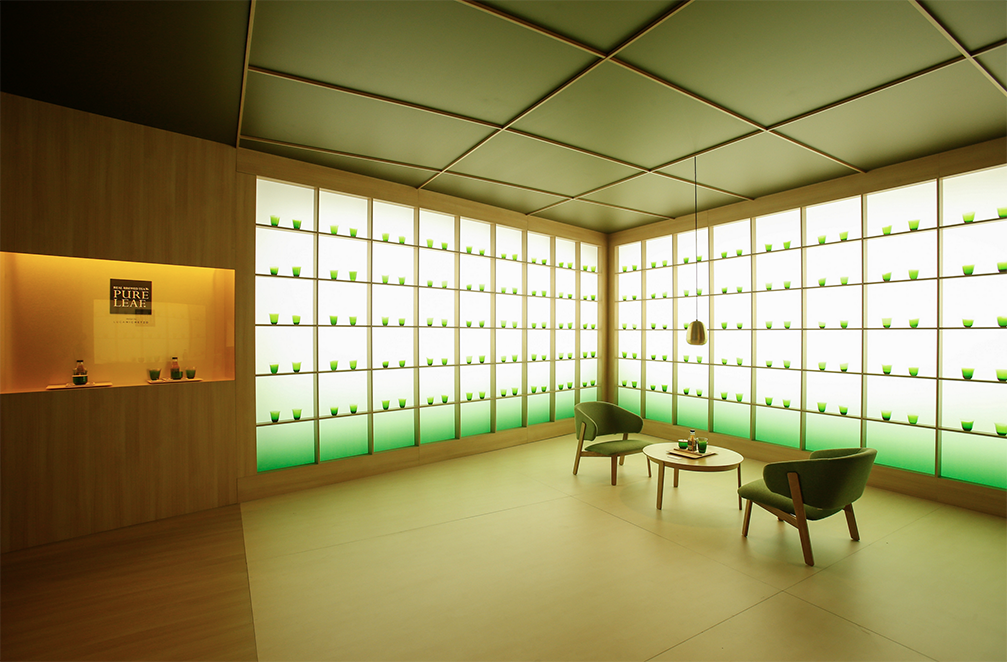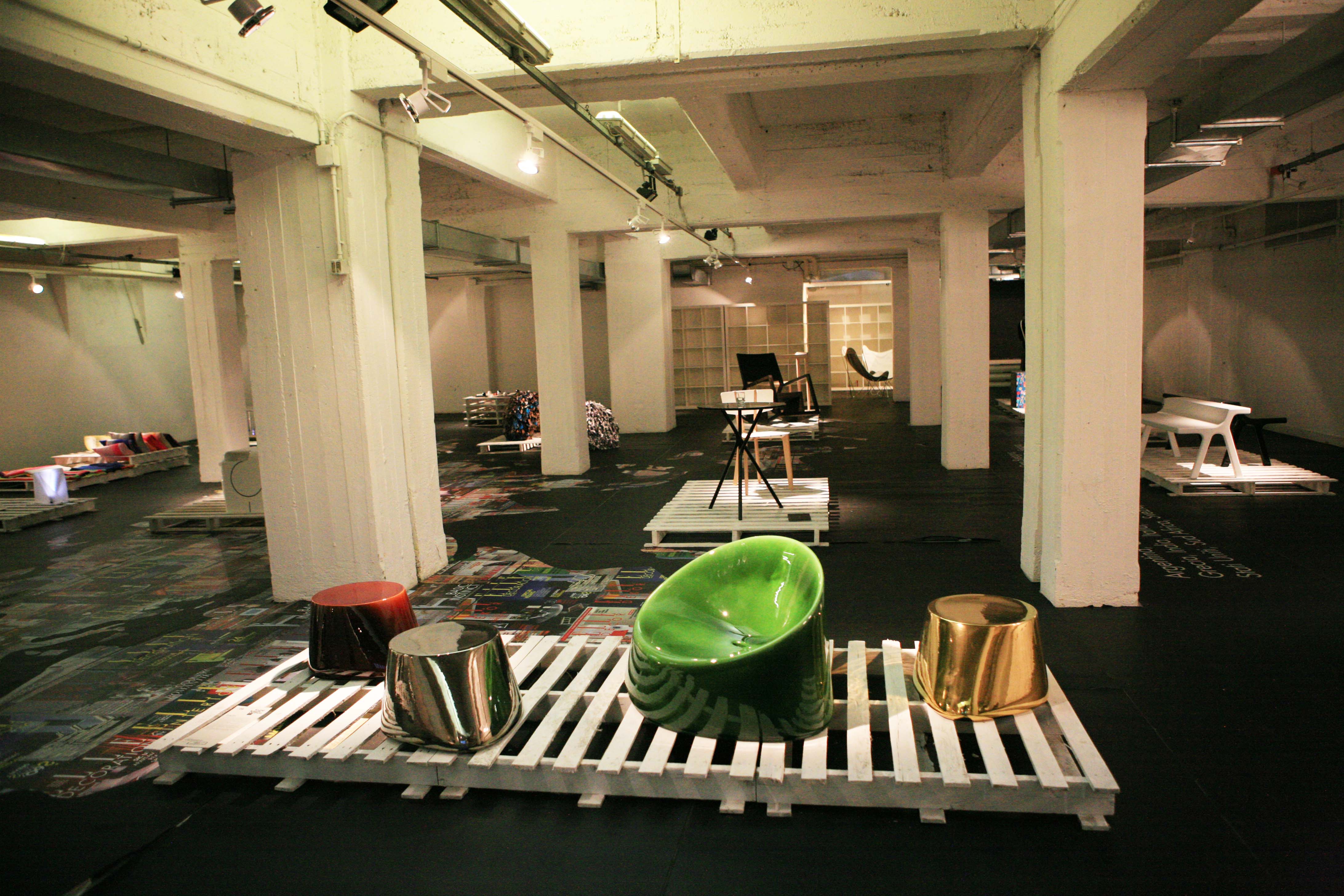On his first presentation in the basement of Superstudio in 2009 Luca Nichetto, chosen among many young designers, won Elle Décor’s International award. On his second one, he presented a Prosciutteria (ham bar) in every detail located in a temporary architecture on the roof. Afterwards, an escalation took him from Venice, here he opened the first studio, up to Sweden, where he moved for love and where he settled. Today, he is a successful multi-tasking designer who has collaborations around the whole world, collects international awards, and is a guest of retrospectives in cities such as Venice, Paris, London, and Stockholm.
In twenty years, from 2000 to 2020 what has changed and what will change?
The beginning of 2000 is also the year I began being a designer. I remember when I used to come to Milan, the fair was still downtown and events of Fuorisalone could be counted on a hand. The Fuorisalone was more romantic back then, there was Spazio Krizia with Ingo Maurer and Ron Arad as well as Driade in Via Manzoni and so on. I don’t know if it was international as, apparently, the whole world was there, but it was a more human dimension where you had the time to talk to people. From 2010 onwards it got out of control, it became a circus, where you can find events of a certain type of quality or find yourself in the middle of a situation that you can’t understand, with a quite tiresome sort of visual contamination...
On his first presentation in the basement of Superstudio in 2009 Luca Nichetto, chosen among many young designers, won Elle Décor’s International award. On his second one, he presented a Prosciutteria (ham bar) in every detail located in a temporary architecture on the roof. Afterwards, an escalation took him from Venice, here he opened the first studio, up to Sweden, where he moved for love and where he settled. Today, he is a successful multi-tasking designer who has collaborations around the whole world, collects international awards, and is a guest of retrospectives in cities such as Venice, Paris, London, and Stockholm.
In twenty years, from 2000 to 2020 what has changed and what will change?
The beginning of 2000 is also the year I began being a designer. I remember when I used to come to Milan, the fair was still downtown and events of Fuorisalone could be counted on a hand. The Fuorisalone was more romantic back then, there was Spazio Krizia with Ingo Maurer and Ron Arad as well as Driade in Via Manzoni and so on. I don’t know if it was international as, apparently, the whole world was there, but it was a more human dimension where you had the time to talk to people. From 2010 onwards it got out of control, it became a circus, where you can find events of a certain type of quality or find yourself in the middle of a situation that you can’t understand, with a quite tiresome sort of visual contamination.
Do you expect a new awareness regarding this need of change?
No, I honestly don’t. I live in Sweden now, however I do feel involved in what is going on in my country, I find it quite funny when I hear the phrase “we must make system”. But this has been true for at least the last thirty years. Until there won’t be a moment of change and personal ego will be put aside with the awareness that if we want to improve, we must act from a quality point of view, until there is bond I certainly don’t see the possibility of an improvement. Because quality is the only thing that allows you to survive and right now this matters especially for what we do in Italy.
If you must define yourself rapidly, who is Nichetto?
It is always hard to give an interpretation of who is someone or what he does. I like the phrase by Magistretti where he describes the company as the mother and the designer as the father and the project is the result of this encounter. I can really see myself in this. I always try to interpret the company I find myself working with as I don’t think – I might be old school from this point of view – that the real industrial designer must have a recognisable designer mark.
Let’s recall your experience at Superstudio...
The very first time was in 2009 when I won EDIDA (Elle Decor International Design Award) as a young designer. In the basement, we all had our own little space to exhibit our work. Superstudio was known for its mega-events with Cappellini that I used to visit as a student, it has been an honour to be inside that contest. The following year 2010, I worked on a somewhat crazy project: for King’s, ham production company, creating a temporary architecture on the roof of Superstudio. I thoughtlessly accepted to create a complete project in a place where design is important but connected to a brand that doesn’t belong to this world. Rather than the aesthetic part, I remember that it was amazing to see exhibitors and visitors go up and taste the ham, it became almost an oasis.
How important is the mise-en-scène when presenting a product?
Extremely important. From 2000 to 2020 the mise-en-scène has become fundamental because over these years everything we do becomes a photo, because of social media development. This is often what gives you a result or not, you may do a very beautiful installation but not photogenic and therefore doesn’t bring anything. I try to work on the atmosphere, as, at the end, the surrounding is what gives people the best emotions. If you are able to convey through photos at least part of the emotion you created for visitors then you succeeded.
Give me three icons of design of the past twenty years...
The Twiggy by Marc Sadler for Foscarini. Nemo, the chair in a shape of a face by Fabio Novembre for Driade. I add the name of a company as I personally think it is more iconic the company itself than the product that it makes. I’m meaning Hay, who created an iconic connected to the idea of design that become lifestyle. Their brand outstands the product, I consider it a design project at branding level.
What is Fuorisalone of Milan for you?
It is what enlivens the passion for what we do. It is where you find energy, and a good kind of jealousy when you see something nice that pushes you to try and do more.
Milan Design capital. is it still or does it miss something to be it completely?
Milan is definitely the capital of design, but the problem is that it is just for a week, when it should be so all year long. Although it should soften a basic arrogance due to the fact that Milan knows to be the capital of Design, however this doesn’t mean that what other cities do doesn’t work. In fact it should glue globally.
A project you foresee in your future?
As a studio, we are trying to become more multidisciplinary. With collaborations that have more to do with lifestyle, craftsmanship and luxury working with companies that have strong assets behind them. I really like best the art-direction of complete collections rather than creating a single piece. While furniture will always be the bread and butter of our work, I am interested in other directions, such as the ones connected to food. It would be interesting to do another Design House for King’s ham, perhaps! In addition to exploring other roads such as wellbeing, packaging, fashion, jewellery, set design and so on. Every challenge is welcome!
What made you live in Sweden?
A woman I met in Venice fifteen years ago. For love.



